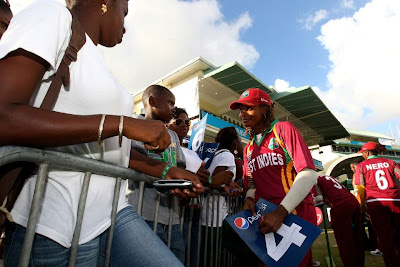Pros & Cons of Artificial Pitches in Sport
Historical Disadvantages
Fifa Quality Level Standard
Since then, however, there have been major advances in technology, and the new 3G FieldTurf has passed rigorous testing procedures, both in laboratories and on the field. Across Europe there are now many football teams with 3G pitches, and Fifa have even applied their own Quality Level standard. It is currently up for discussion in the UK as to the possibility of a return to the artificial pitches. Now that the feel and give of the surface are identical to that of grass, there could be many benefits to teams who install the FieldTurf pitches.New Generation Advantages
The new generation of artificial grass has many advantages over real grass. It provides an all-weather surface for a start – it requires no sunlight or irrigation, so is perfect for indoor pitches or areas where the climate makes grass pitches unplayable for several months of the year. It is hard-wearing, resisting heavy use so teams can use their match pitches for training sessions with no qualms about what state it may be left in afterwards.It is extremely low-maintenance, requiring no care whatsoever after installation beyond checking for wear and tear, and it is so durable that even these checks need not be frequent. It offers a faster, truer bounce, which speeds up the game and makes it more accurate yet more exciting. It offers benefits to the wider community also, as teams can allow other local sports clubs to use their pitch when it is free without ever having to worry about the condition it will be in afterwards.
With the initial problems all but eradicated and artificial grass having so many benefits, it surely won’t be long before we are seeing it in common use in professional sporting facilities worldwide.
This post was brought to you by hitechturf.co.uk.



Comments
Post a Comment
COMMENTS HERE